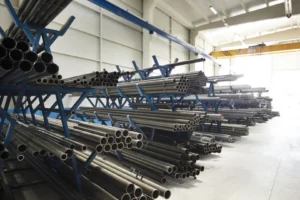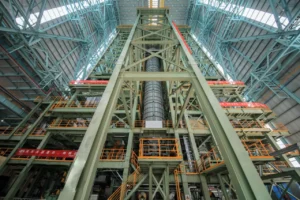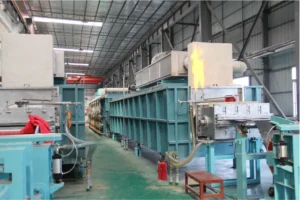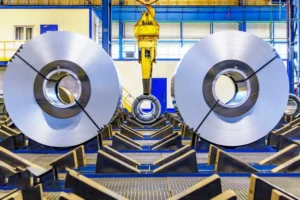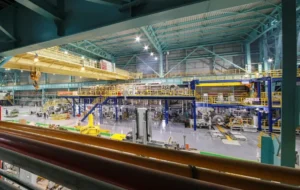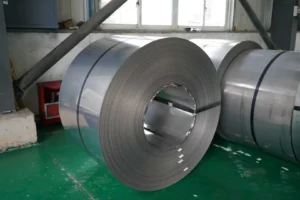Understanding Stainless Steel Coil: Grades, Sizes, and Applications
Choosing the right stainless steel coil feels complex. A wrong decision can lead to project delays and budget overruns. Understanding the fundamentals makes the selection process straightforward and effective.
Stainless steel coil is a semi-finished product used in numerous industries. A full understanding requires knowledge of its different grades (like 304, 316, 430), which determine properties like corrosion resistance, and its sizes (thickness, width), which dictate its suitability for specific manufacturing processes.
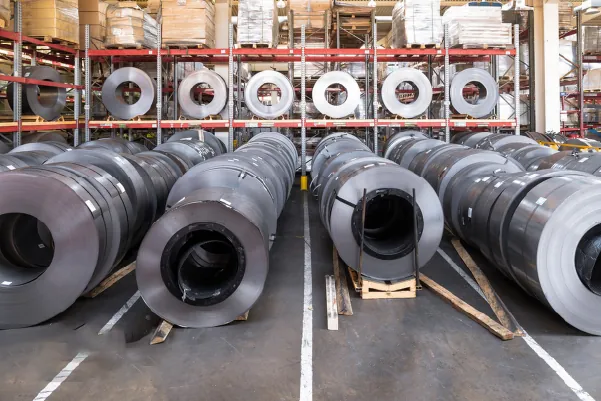
As the Global Business Director at MFY, I've spent years helping partners navigate the complexities of the stainless steel market. It’s not just about buying a commodity; it's about sourcing a critical component that forms the backbone of your product. The key is to match the material's characteristics precisely to your application's demands. Let's break down the essential elements so you can make informed decisions that strengthen your supply chain and your bottom line.
What Are the Common Stainless Steel Coil Grades and Their Characteristics?
The variety of stainless steel grades is overwhelming. This confusion can lead to costly specification errors. Let's clarify the most common grades and their distinct advantages.
The most common stainless steel coil grades are 304, 316, and 430. Grade 304 is the versatile workhorse, 316 offers superior corrosion resistance for harsh environments, and 430 is a cost-effective, magnetic option for less demanding applications.
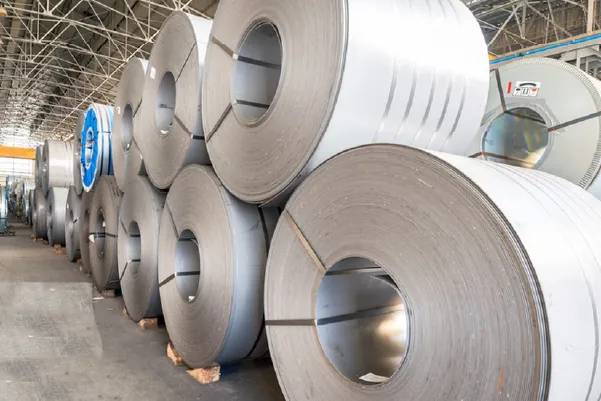
In my experience, about 80% of applications can be served by just a few key grades. The secret is knowing which one fits your specific context. It’s a frequent topic of conversation with my clients, from equipment manufacturers to construction contractors. They don't just need material; they need the right material that meets stringent performance standards without over-engineering the cost.
The Austenitic Workhorses: 304 and 316
The 300-series grades are the most widely used. Grade 304 is the all-rounder, known for its excellent formability and good corrosion resistance in most environments. You see it everywhere, from kitchen sinks to architectural paneling. Grade 316 is what I call the "coastal" or "chemical" grade. The addition of molybdenum[^1] gives it superior resistance to chlorides and other corrosive agents. I remember a client in Southeast Asia who was manufacturing coastal infrastructure; switching from 304 to 316 was a critical decision that prevented premature failure and saved them a fortune in long-term maintenance.
The Ferritic Option: 430
Grade 430 is a different animal. It's a ferritic[^2] stainless steel, which means it's magnetic and generally less expensive than the 300-series. While its corrosion resistance isn't as robust as 304, it's more than adequate for indoor applications like decorative trim, automotive interiors, and appliance panels. For clients focused on cost-efficiency for non-critical, dry applications, 430 is an excellent choice.
Here is a simple breakdown:
| Grade | Key Characteristic | Common Applications | Relative Cost |
|---|---|---|---|
| 304 | Versatile, All-Purpose | Kitchenware, Tubing, Architecture | Medium |
| 316 | Superior Corrosion Resistance | Marine Hardware, Chemical Tanks | High |
| 430 | Cost-Effective, Magnetic | Automotive Trim, Appliances | Low |
How do different sizes of stainless steel coils impact their industrial applications?
Thinking coil size is just about dimensions is a mistake. The thickness, width, and weight directly impact manufacturing efficiency, structural integrity, and overall project cost. Let's connect size to application.
Coil size is critical. Thickness (gauge) determines strength and flexibility for applications like structural parts or panels. Width dictates compatibility with machinery and production efficiency, directly impacting material waste and processing speed in manufacturing lines.
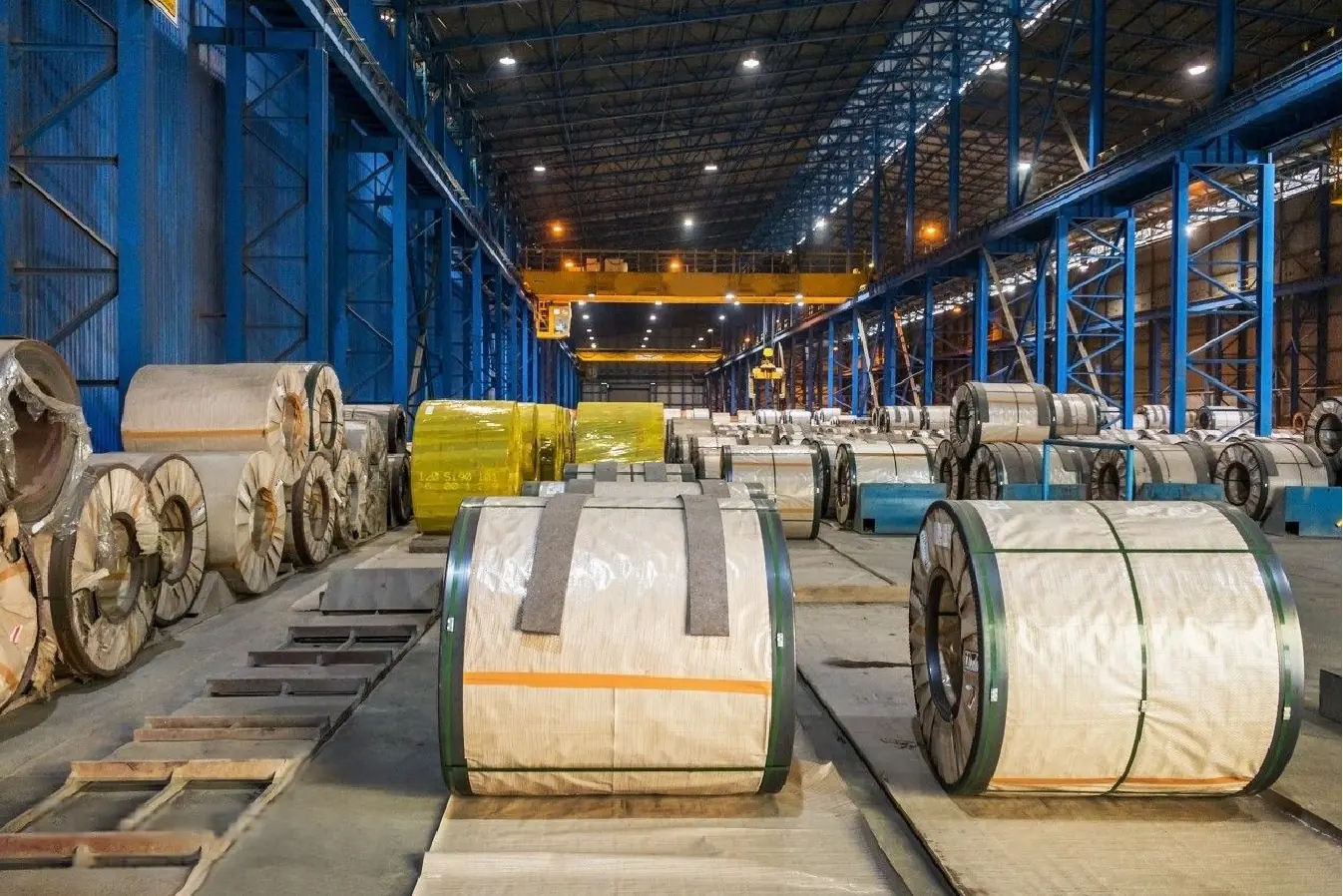
The ability to source precise specifications is a major pain point I hear about from manufacturers. This is where a truly integrated supply chain becomes a strategic advantage. Instead of being limited to standard off-the-shelf sizes, having the capability for real-time customization allows for greater efficiency.
Thickness and Width: The Core Specifications
Thickness, often referred to as gauge, is fundamental. Thinner gauge coils (e.g., below 1mm) are perfect for applications requiring flexibility and a fine finish, such as appliance casings or decorative panels. Thicker gauges (e.g., above 3mm) provide the structural rigidity needed for components in construction, automotive frames, and industrial tanks. The width of the coil is just as important. It needs to align with the tooling of the end-user, like stamping presses or roll-forming lines. A partner in the automotive sector once shared with us that by sourcing a custom-slit coil width from MFY, they reduced their scrap material by over 10%, a significant saving at scale.
The Role of Digital Innovation
This is where digital innovation is changing the game. At MFY, we leverage our integrated digital platform to manage our vast inventory and production schedules. This allows us to offer custom slitting and cut-to-length services with incredible speed and precision. A client can specify a non-standard width and thickness for a specific production run, and our system can process that order and deliver it rapidly. This agility minimizes their on-site inventory, reduces waste, and enhances their competitiveness in a market that demands speed.
What Are the Key Benefits of Using Stainless Steel Coils in Industry?
Some see stainless steel as just a more expensive option. This overlooks its immense long-term value and versatility. Let's analyze the true benefits that make it an industrial staple.
The primary benefits of stainless steel coils are their exceptional corrosion resistance, high durability, and long lifecycle. They also offer hygienic properties, aesthetic versatility, and are 100% recyclable, making them a sustainable and cost-effective choice for countless industries.

Stainless steel coil is truly the backbone of modern industry, from the smallest medical device to the largest skyscraper. Its unique combination of properties provides a level of performance that few other materials can match. When you look beyond the initial purchase price and consider the total cost of ownership, the value proposition becomes incredibly clear.
Durability and Lifecycle Cost
The most obvious benefit is resistance to rust and corrosion. This means products made from stainless steel last longer and require far less maintenance, especially in demanding environments. An initial investment in a material like Grade 316 for a chemical processing tank might be higher than carbon steel, but it eliminates the need for costly coatings, regular inspections, and premature replacement. This lower lifecycle cost is a powerful driver for engineers and project managers.
Versatility and Hygiene
The sheer versatility of stainless steel is remarkable. It can be formed, welded, and finished in countless ways to suit both functional and aesthetic needs. This is why you see it in heavy-duty industrial equipment and in high-end architectural designs. Furthermore, its non-porous surface is easy to clean and sanitize, making it the default choice for food processing, pharmaceutical, and medical applications where hygiene is non-negotiable.
A Sustainable Choice
In today's world, sustainability is a critical consideration. Stainless steel is one of the most recycled materials on the planet. It can be recycled repeatedly without any loss of quality. This not only reduces waste but also lowers the energy consumption and environmental impact associated with producing new material from raw ore. As we look to the future, this commitment to sustainable practices will only become more important.
How Do You Select the Right Stainless Steel Coil for Your Application?
Making the final selection can be daunting. A poor choice can compromise product integrity or inflate your budget. The solution is to follow a structured, logical selection process.
To select the right stainless steel coil, you must first assess the operating environment for corrosive elements. Then, define the required mechanical properties like strength and formability. Finally, balance these performance needs with your project budget.
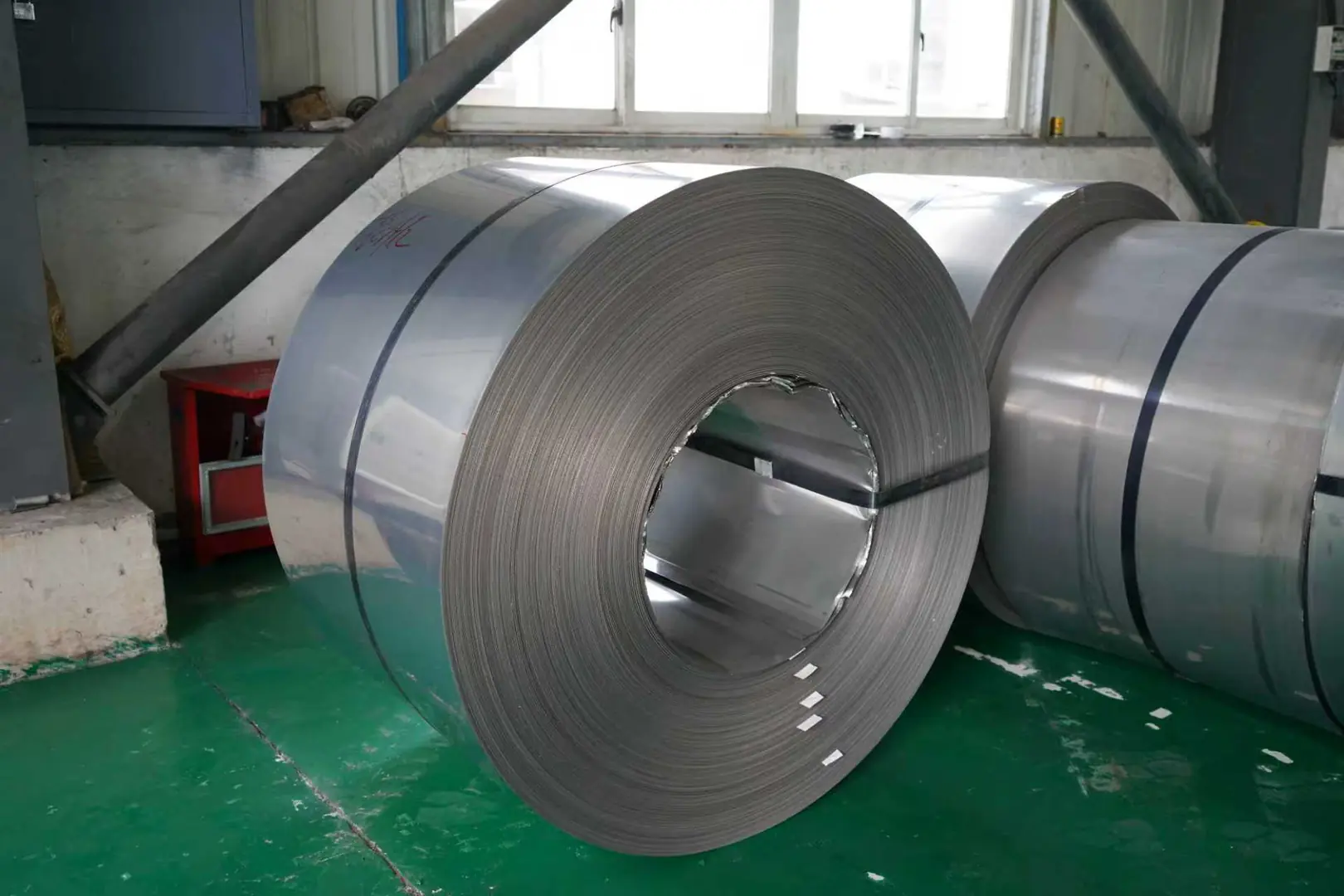
I guide our partners through this decision-making process every day. It’s about asking the right questions to narrow down the options. We are moving beyond simple catalogs and towards a more consultative approach, aided by technology. At MFY, we're developing digital tools that allow our partners to input their project parameters, and our system helps recommend the optimal grade and size, streamlining this entire process and ensuring they get the perfect fit.
Step 1: Analyze the Environment
Where will the final product be used? Will it be exposed to saltwater, de-icing salts, chemicals, or high temperatures? Answering this question is the first and most important filter. A marine environment screams for Grade 316, while a controlled, indoor environment might be perfectly served by the more economical Grade 430.
Step 2: Define Mechanical and Fabrication Needs
What do you need the steel to do? Does it need to be bent into a complex shape (high formability)? Will it be welded? Does it need to support a heavy load (high tensile strength)? These requirements will further narrow your choice of grade and thickness. For example, some grades are much easier to weld than others, which can have a big impact on your production costs.
Step 3: Balance Performance with Budget
Finally, you must consider the cost. While you should never compromise on essential performance, there is no need to over-specify. Using Grade 316 where Grade 304 would suffice is a common and unnecessary expense. This is where a knowledgeable supply partner can provide immense value by helping you find the sweet spot between performance and cost-effectiveness.
| Selection Factor | Key Question | Example |
|---|---|---|
| Environment | What corrosive agents will be present? | Saltwater exposure requires Grade 316. |
| Mechanical Needs | How will it be formed and used? | Complex bending requires a grade with high formability like 304. |
| Budget | What is the target cost per unit? | For a dry, indoor application, Grade 430 offers significant savings. |
What Are the Best Practices for Maintaining Stainless Steel Coils?
Thinking "stainless" means "stain-proof" is a common myth. Neglect and improper handling can lead to surface corrosion. Simple, proactive maintenance is the key to preserving its integrity.
Best practices for maintaining stainless steel coils include storing them in a dry, protected environment, using proper handling equipment to prevent scratches, and regular cleaning with appropriate solutions to remove contaminants before they can cause damage.

The best maintenance plan actually starts long before the material arrives at your facility. It begins with a quality supply chain. When we ship coils from MFY, they are carefully packaged and protected to ensure they arrive in pristine condition. A clean start makes ongoing maintenance significantly easier for our clients.
Storage and Handling
The two biggest enemies of stored stainless steel are moisture and contamination from carbon steel. Coils should always be stored indoors in a dry, clean area, elevated off the floor. When handling, avoid using carbon steel chains, hooks, or forklift tines that can scratch the surface and embed iron particles, which will later rust and create stains. Use padded lifters, nylon straps, and protective barriers whenever possible. This simple discipline prevents the most common forms of damage.
Cleaning and Passivation
For stainless steel in service, regular cleaning is essential to maintain its appearance and corrosion resistance. Simple soap and water are often sufficient to remove dirt and grime. For more stubborn deposits, specific cleaners are available, but you should always avoid harsh abrasives or chlorides (like bleach). After fabrication, especially after welding or grinding, a process called passivation[^3] may be necessary. This is a chemical treatment that removes free iron from the surface and helps restore the material's natural, passive, corrosion-resistant layer. It's a critical final step for ensuring maximum longevity in demanding applications.
Conclusion
Understanding stainless steel coils comes down to matching the right grade and size to your specific application. By considering the environment, mechanical needs, and budget, you can make a choice that ensures performance and cost-effectiveness, strengthening your final product and your competitive edge in the market.
Have Questions or Need More Information?
Get in touch with us for personalized assistance and expert advice.

